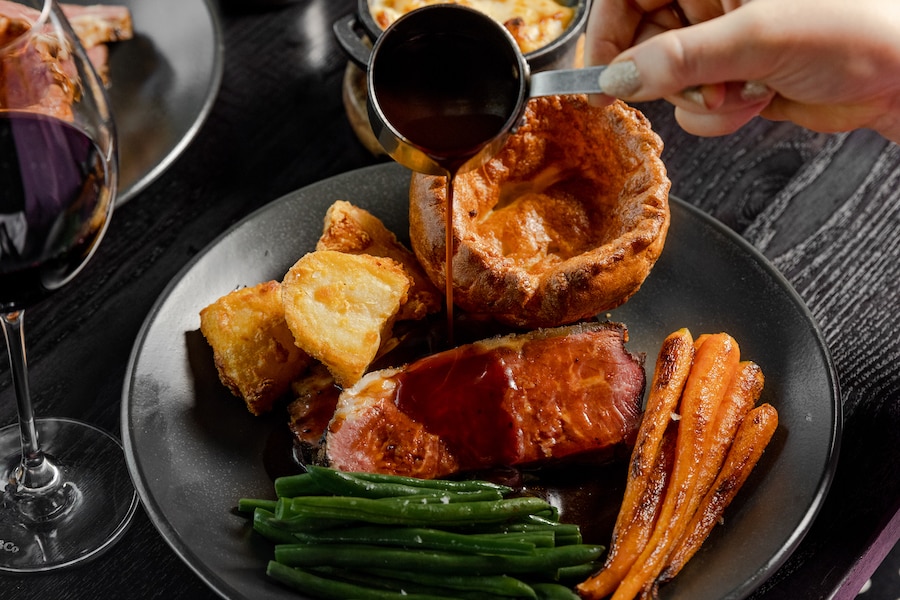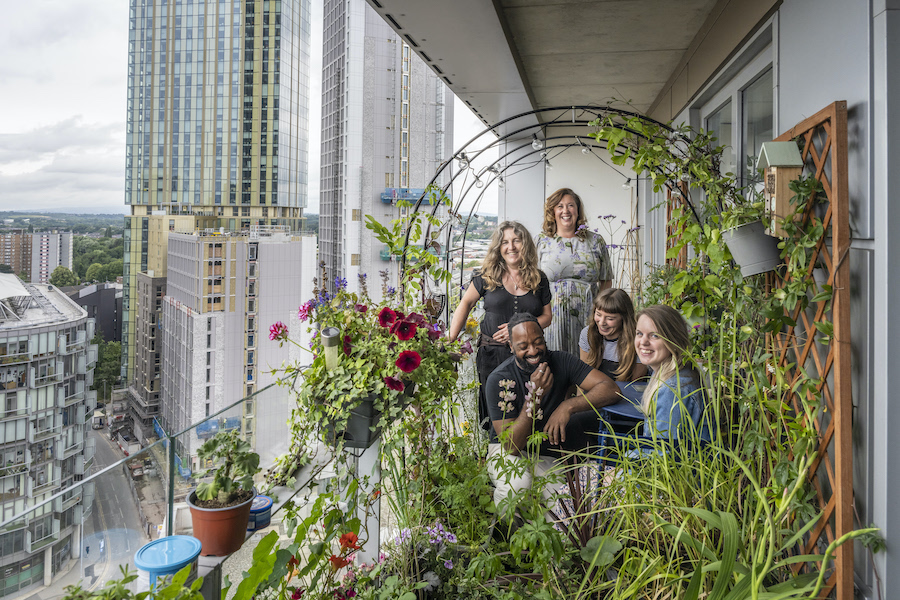From evening classes to masterclasses – Michelle Olivier’s unique art bridges cultures and ideas
- Written by Thom Bamford
- Last updated 1 year ago
- Art & Design, Community, Exhibitions, People
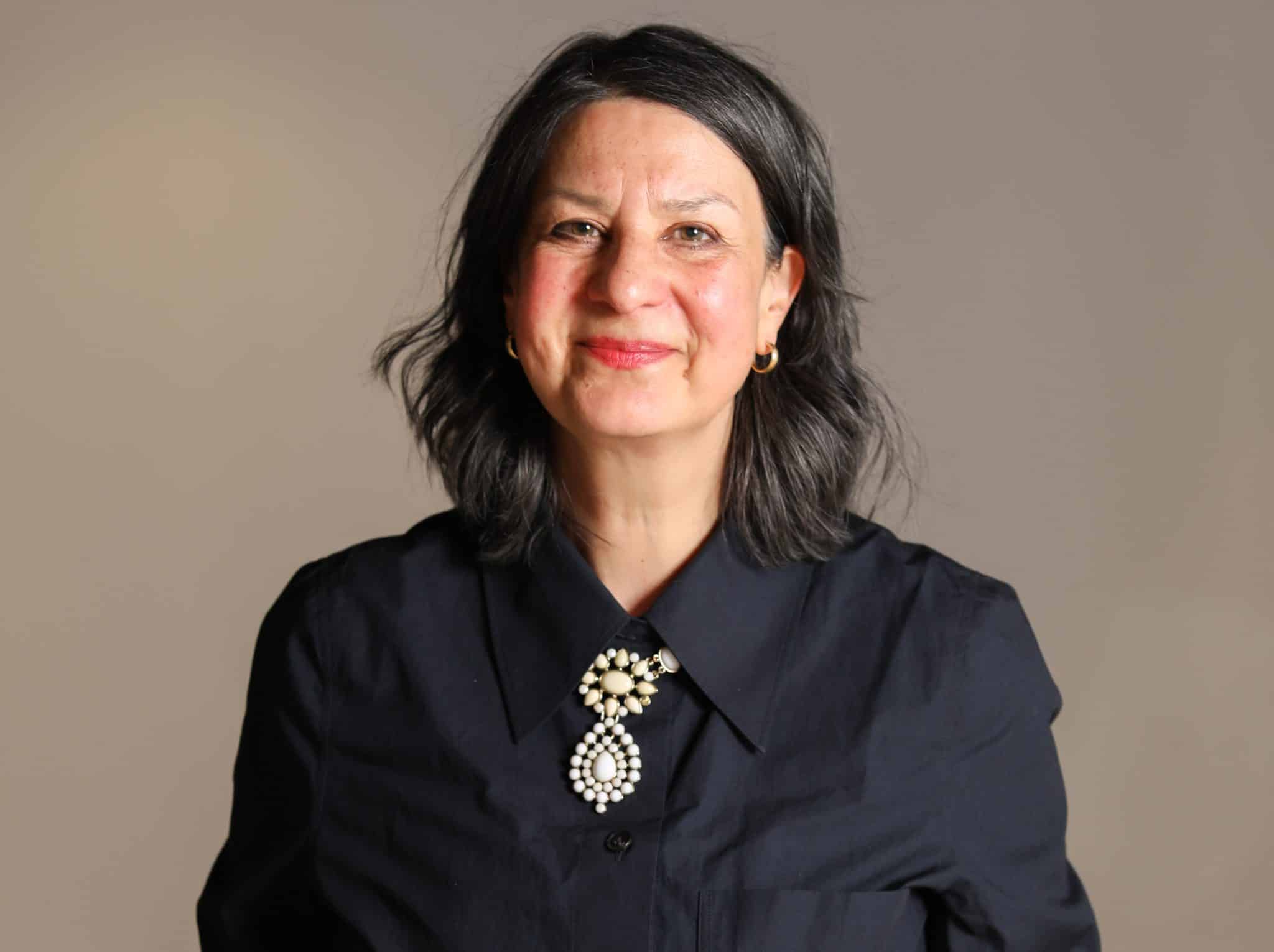
Header Photo Credit: Maryam Wahid
Michelle Olivier’s path to becoming an artist was not a traditional one.
She is taking part in Manchester Museum’s ‘local makers’ as they take part in a series of artistic collaborations that explore Mancunian identity and the region’s cultural history.
Raised in a family where artistic pursuits took a back seat to conventional expectations, she discovered her passion through adult education evening classes.
We sat down with them to discuss their art identity and Manchester in this exclusive interview.
From Night classes to Masterclasses
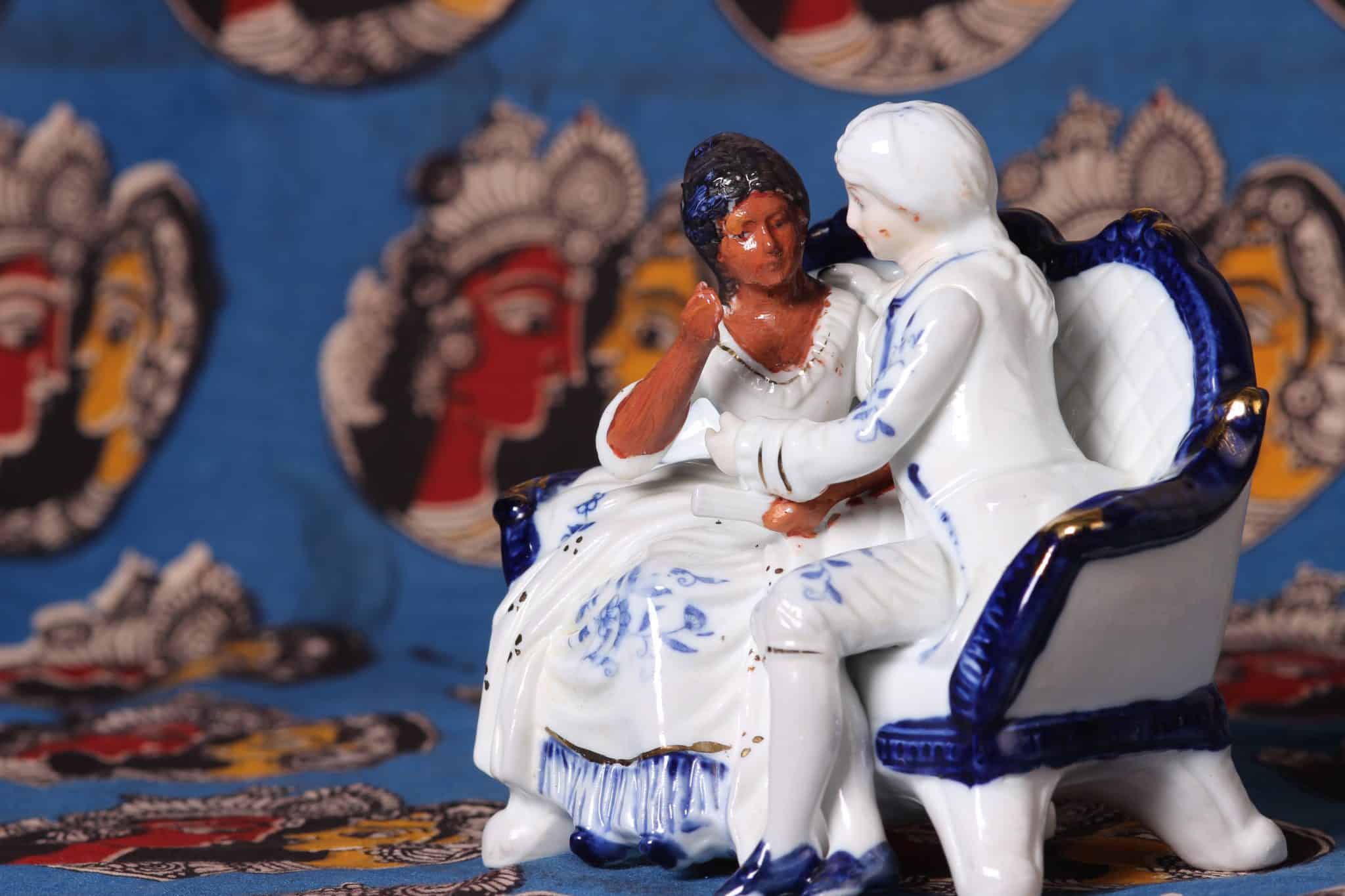
As life’s chapters unfolded, she found herself at a crossroads in her late 50s, contemplating an MA course in Fine Art at Salford Uni – a decision that would set the stage for the emergence of her distinctive artwork.
Michelle’s Anglo-Indian heritage is a central theme in her art, but as she explained, it wasn’t intended or expected.
It was as if the canvas provided a space for her silenced art-loving self to finally speak.
She said: ” I grew up in a family where education and getting a “proper” job were crucial.
“Being an artist didn’t come into it.
“The art-loving part of me was squashed into the in-between places but never went away.
“I eventually took adult education evening classes and began to make and sell work locally.
“Then after the children left home, my husband gave me a nudge by sending me a link for an MA course in Fine Art at Salford Uni asking me “Why not?” I completed the course in 2018 in my late 50s.”
An Anglo-Indian Heritage
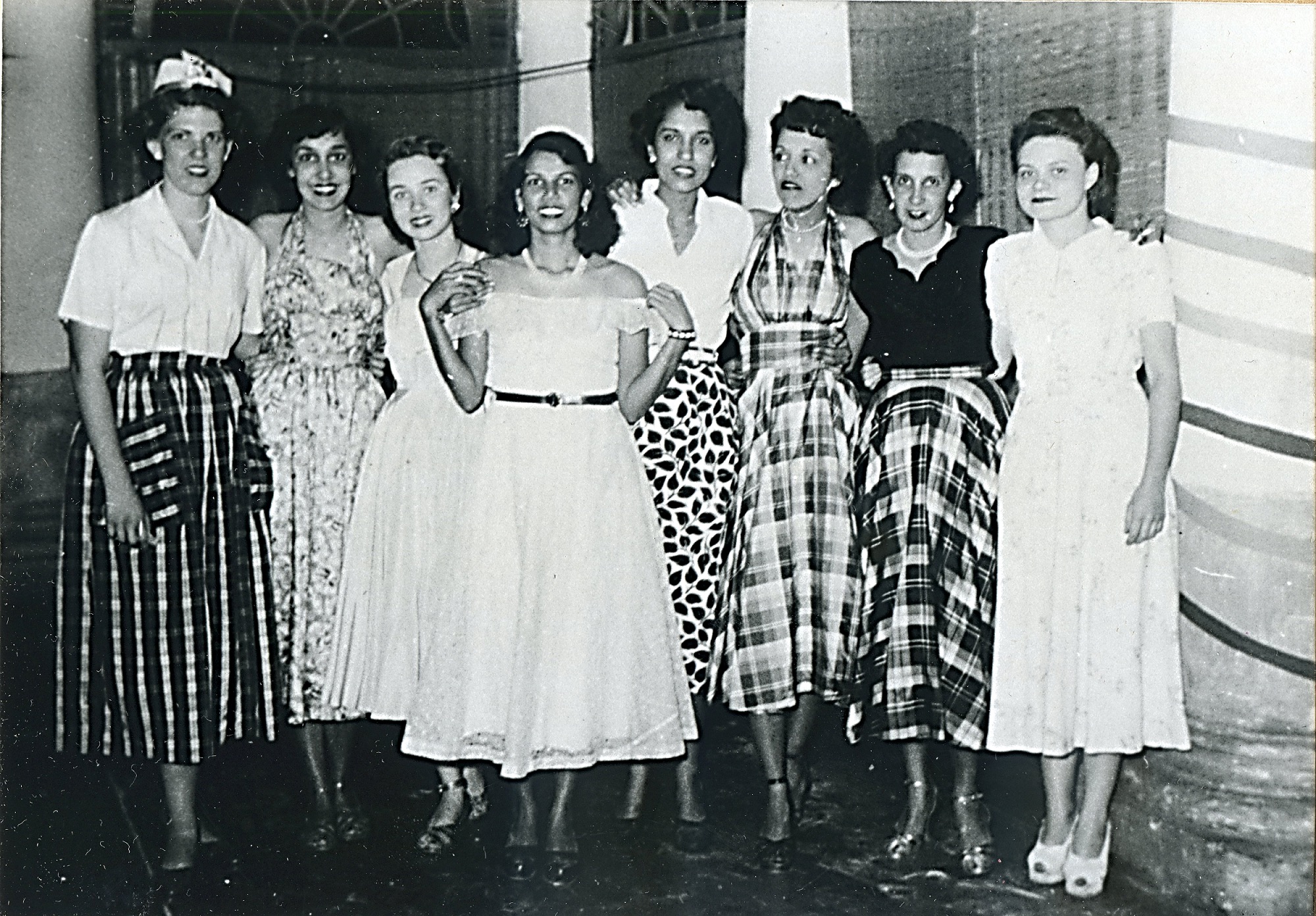
The artist’s heritage is deeply rooted in the complex history of the Anglo-Indian community, a minority with a rich tapestry woven from diverse global threads.
Michelle seeks to illuminate this history, not only for her community but for anyone who feels unrepresented or invisible.
She said: “Anglo-Indians are an ethnic and religious minority that has existed in the sub-continent since Europeans arrived from Portugal in 1498.
“‘Anglo-Indian’ is a bit misleading as a term because people from all over the world made their way to the subcontinent seeking their fortunes for centuries.
“For example, not only British, but French, Dutch, and Portuguese, to name the main ones.
“We were distinct as a community due to English being our first language and being Christians.
“Numbers are difficult to pin down because historical documentation hasn’t been consistent.
“I make work that I would have liked to have seen when I was growing up, representing something about my identity. I hope that the work can be relevant to anyone who feels unrepresented or invisible, not just Anglo-Indians and other mixed-race people.
“Invisibility and visibility are key. Anglo-Indians are such a tiny ethnic and religious minority in the sub-continent that even many South-Asian people also don’t know about us.
“I am used to explaining that history, which is not only Indian history but very much part of British history. ‘Explanation fatigue’ is a thing that a lot of mixed-race and people of colour can relate to.”
Being Invisible

Invisibility and visibility play pivotal roles in Michelle Olivier’s work.
Her pieces, like “Why Not Double?” and “8 Annas,” serve as visual narratives challenging stereotypes and embracing the richness of mixed heritage.
Through the power of art, she confronts the derogatory labels and negative perceptions associated with being “half” anything.
Michelle continued: “Sometimes art can do more than words.
“For example, the piece “Why Not Double?” is a response to being called “half” anything which overlooks the richness of being of mixed heritage, and plays into negative stereotypes.
“The piece is a figurine, bought in a charity shop, of a mock Georgian couple, where I have painted the female figure with a South Asian skin tone. Here, I wanted to use a mass-produced item to challenge mass-produced ideas about racial “purity”.
“The 8 Annas* piece is a colourful collage inspired by a 1950s b/w photograph of 8 friends of my mum, my “aunties.”
“Collage as a medium involves cutting, tearing, and reworking how things fit together. This makes it ideal for my aim of disrupting traditional, pejorative stereotypes.
“My aim was also to honour my bold and beautiful aunties and all those elders who lived through Partition/Independence and started from scratch in difficult circumstances.
(*The 8 Annas title references a derogatory historical name for Anglo Indians: An Indian rupee has 16 annas, so 8 annas is half that.)
South Asia Gallery Collective
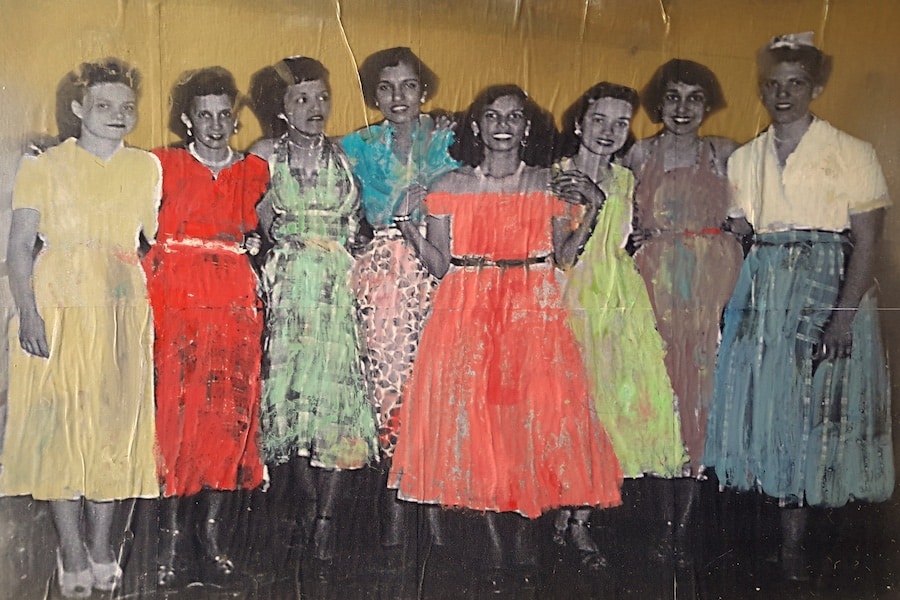
Michelle is an integral part of the South Asia Gallery Collective (SAGC) at Manchester Museum, a collaborative effort aimed at creating a space where the experiences of elders are honoured, and the heritage is passed down to future generations.
The South Asia Gallery is a pioneering venture that offers a contemporary perspective on South Asian and British Asian culture.
It stands as the first permanent gallery in the UK dedicated to celebrating the rich experiences and contributions of the South Asian diaspora.
The collective spirit of SAGC has influenced their perspective, providing inspiration and a supportive network for creative exploration.
She said: “During our initial discussions, one wish for the gallery was that our elders would find that some of their experiences are reflected and honoured in the gallery and that our children would learn about their rich heritage.
“We all feel strongly about the gallery being a welcoming space for all, not only those of South Asian heritage.
“Seeing other people’s work has inspired and taught me so much. Being an artist (or anyone working in a creative way) means taking risks and being vulnerable.
“I’ve really benefited from being part of a network (SAGC) where there are people I trust and who are generous, encouraging, curious, and embody a spirit of “narrative hospitality.”
Michelle’s work goes beyond the strokes of her brush.
Visibility for Mixed Race Relationships and Identities
It’s about creating visibility for mixed-race relationships and identities in public institutions.
Through heartfelt messages, she has learned about the profound influence her work has had on individuals who, for the first time, see their own narratives represented on the canvas.
She said: “Well, my dream was to be an artist, and to make work that represents people like me and my community, which was absent when I was growing up.
“Both those dreams have come true and I’m very grateful for that.
“I’ve been bowled over by the heartfelt messages I have received from people telling me about the powerful impact on them of seeing mixed-race relationships and identities represented in a public institution for the first time.”
Manchester’s Influence on Her work
Asked how Manchester had influenced her work, Michelle said: “Manchester has been my home for nearly 40 years.
“Its complex and fascinating history has led to people from many different backgrounds identifying as Mancunian.
“I guess that living here has helped drive the creation of artwork which represents multiple ethnic and cultural identities.”
And with plans for the future, Michelle is currently working on a sari design called “The Mango Teardrop Sari”, which tells a story about trying to source foods from your home country.
She added: “The 1960s childhood memory it is based on features women and children, packed excitedly into one small car and setting off, chasing a rumour that there were mangoes to be had.
“The design includes the time later that day when I saw my (usually quite fierce) auntie hold the single mango that we could afford to her cheek, with a lover-like gesture, as a single teardrop rolled down her cheek.
“Looking back as an adult, that moment seems to speak volumes about how much she missed the life she’d left behind.”
You can find out more about their work here
You can see more of Michelle’s work on their Instagram here
- This article was last updated 1 year ago.
- It was first published on 1 December 2023 and is subject to be updated from time to time. Please refresh or return to see the latest version.
Did we miss something? Let us know: press@ilovemanchester.com
Want to be the first to receive all the latest news stories, what’s on and events from the heart of Manchester? Sign up here.
Manchester is a successful city, but many people suffer. I Love Manchester helps raise awareness and funds to help improve the lives and prospects of people across Greater Manchester – and we can’t do it without your help. So please support us with what you can so we can continue to spread the love. Thank you in advance!
An email you’ll love. Subscribe to our newsletter to get the latest news stories delivered direct to your inbox.
Got a story worth sharing?
What’s the story? We are all ears when it comes to positive news and inspiring stories. You can send story ideas to press@ilovemanchester.com
While we can’t guarantee to publish everything, we will always consider any enquiry or idea that promotes:
- Independent new openings
- Human interest
- Not-for-profit organisations
- Community Interest Companies (CiCs) and projects
- Charities and charitable initiatives
- Affordability and offers saving people over 20%
For anything else, don’t hesitate to get in touch with us about advertorials (from £350+VAT) and advertising opportunities: advertise@ilovemanchester.com

Manchester BMX club puts the wheels in motion to help a local hero
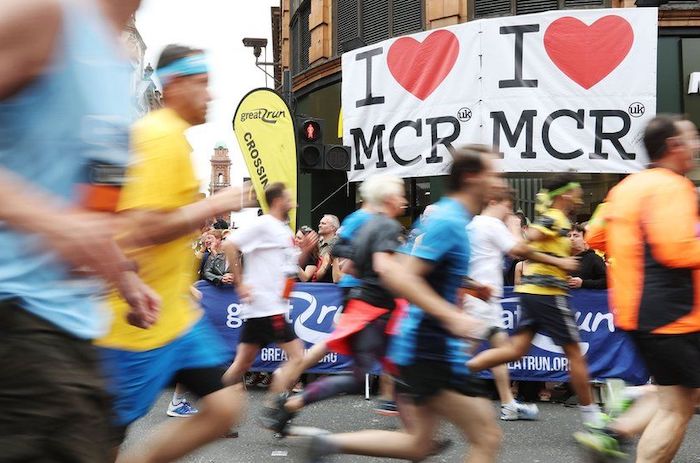
Celebrating the amazing people taking on Great Manchester Run in 2025

Frankie Lipman steps into Lady Macbeth’s shoes in gutsy new take on Shakespeare
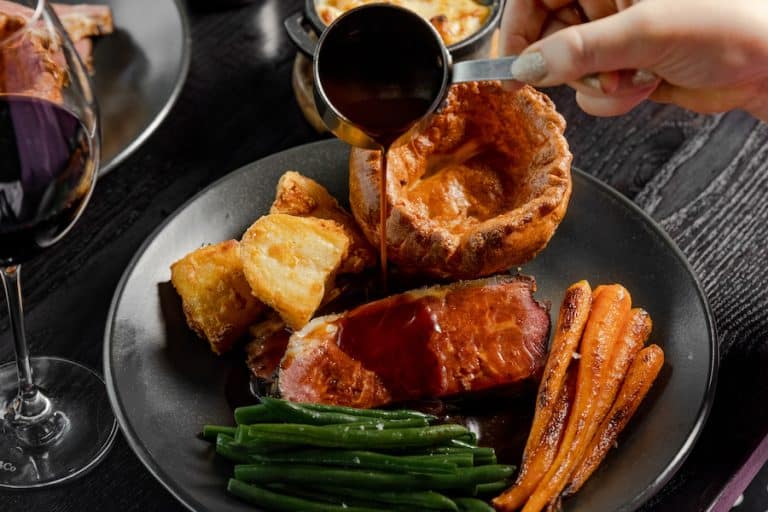
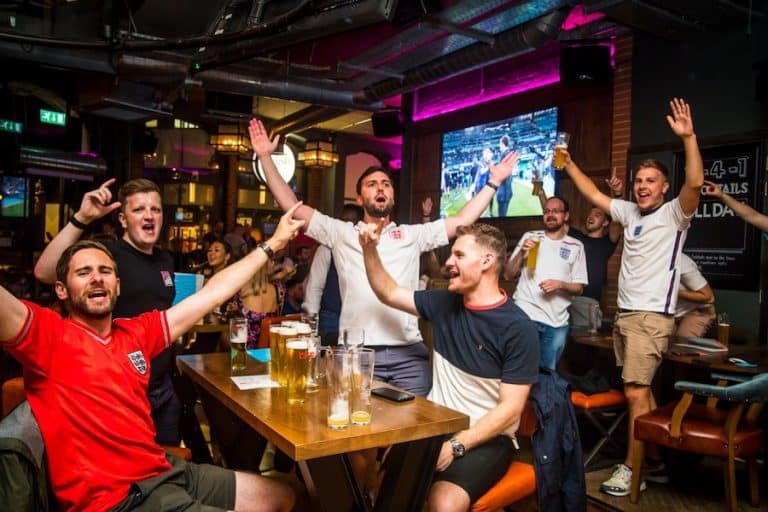
Best bars and pubs to watch the football and live sport in Manchester









